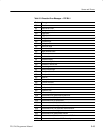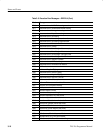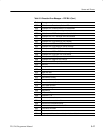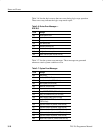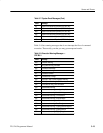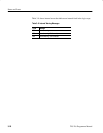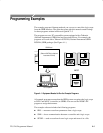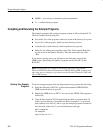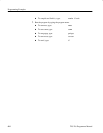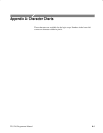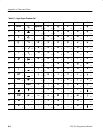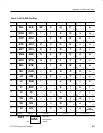
Programming Examples
4–2
TLS 216 Programmer Manual
H CURSOR — uses cursors to measure waveform parameters.
H TL — a talker-listener program.
Compiling and Executing the Example Programs
The example programs disk contains programs written in Microsoft QuickC 2.5.
The disk contains the following files.
H Executable files of the programs, which are stored in the directory Programs.
H Source files of the programs, which are in the directory Sources.
H A Readme file in each directory, which explains how to proceed.
H Make files for linking and compiling source files. These sample Make files
are also stored in the Sources directory. Their file names have the suffix
.MAK.
If you wish to develop code, you will need to use files that come with the
GPIB system. Specifically, the QuickC programs use the files DECL.H and
MCIB.OBJ.
NOTE. The programs you compile in the Sources directory work with the
Tektronix S3FG210 (National Instruments GPIB-PCII-IIA) GPIB system. It may
take extra steps or changes to get them to work with older Tektronix GURU and
other GPIB systems.
To run an example program from the Programs directory, perform the following:
1. Install the Tektronix S3FG210, or National Instruments GPIB-PCII/IIA,
GPIB board and drivers in your PC.
2. Identify the GPIB device as DEV1. You can use the IBCONF.EXE program to
do this task.
3. Copy the files from the TLS Example Programs disk to your hard disk. To
create a special directory (assumed to be named “examples”) on your hard
disk (assumed to be drive C) and to copy the example programs (assumed to
be in drive B), make drive C your current directory and type:
mkdir examples
cd examples
copy B:\quick-c\*.* .
Running Your Example
Programs



